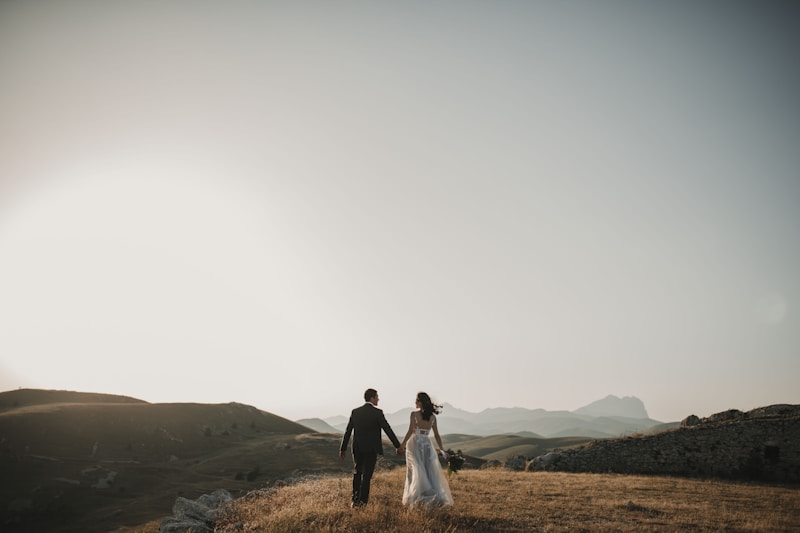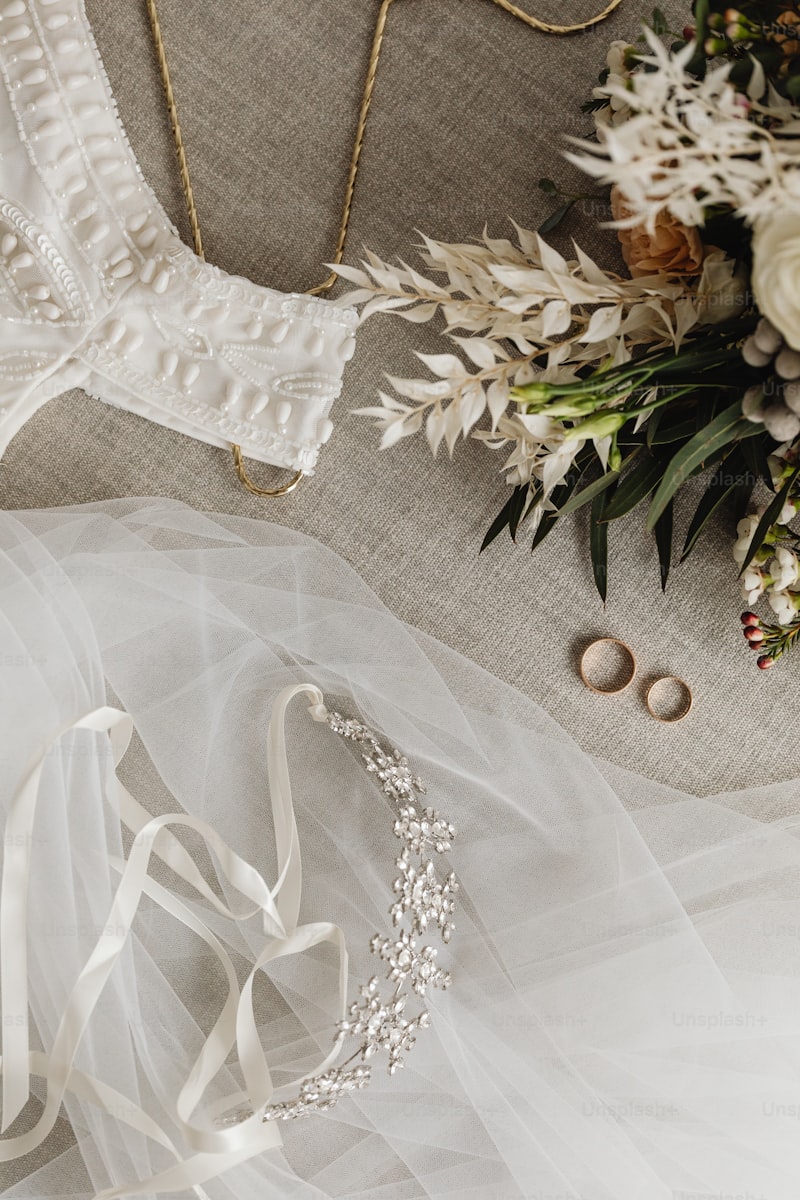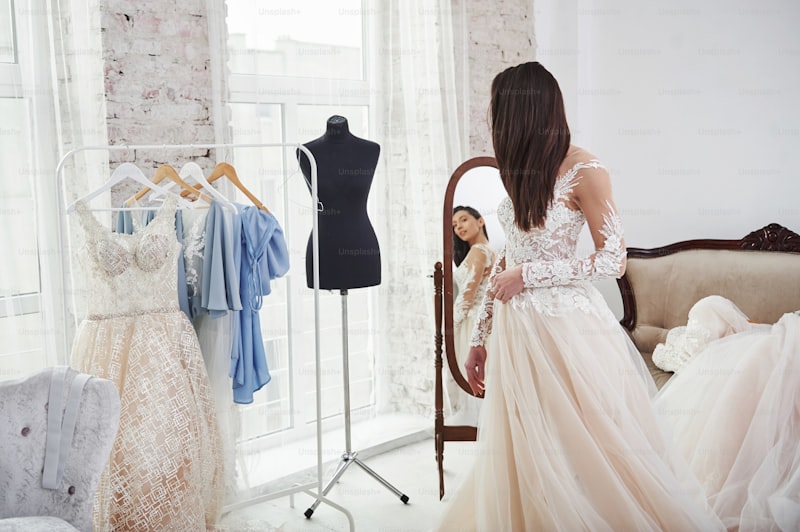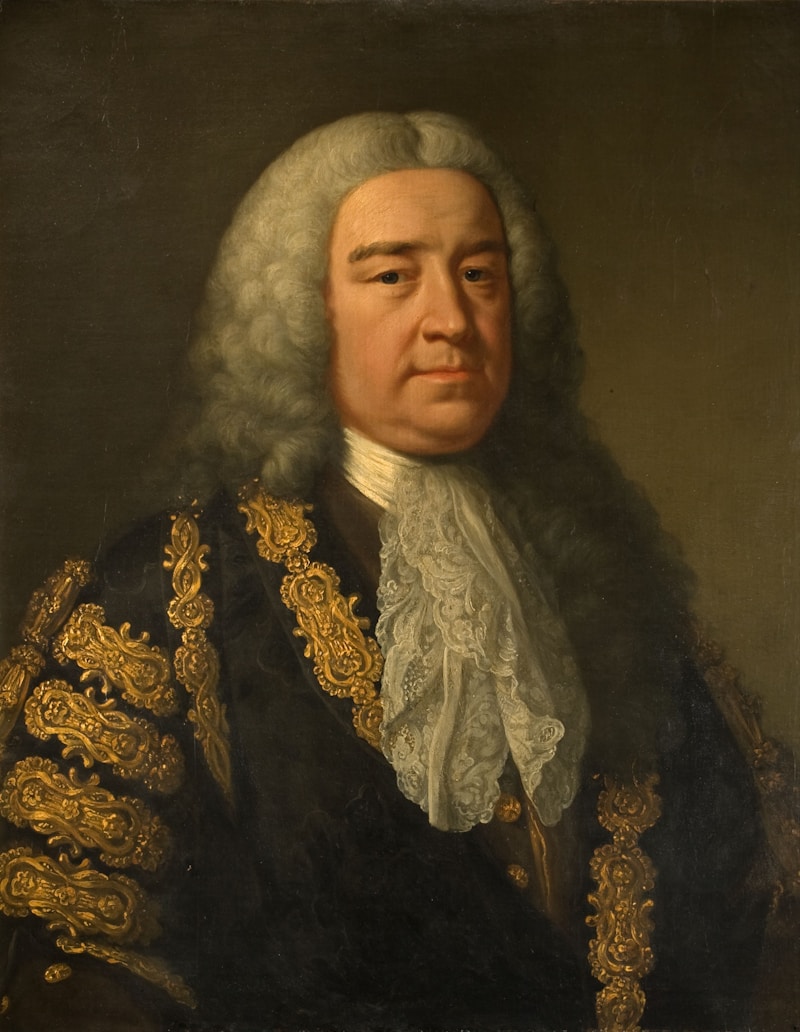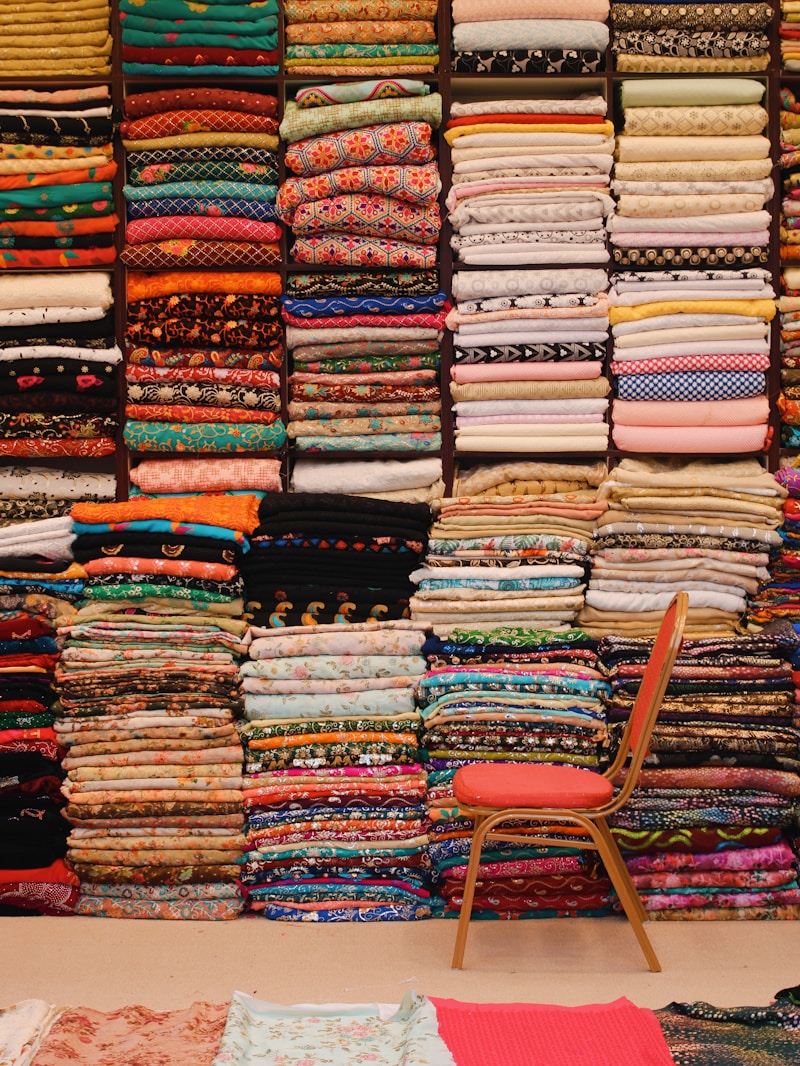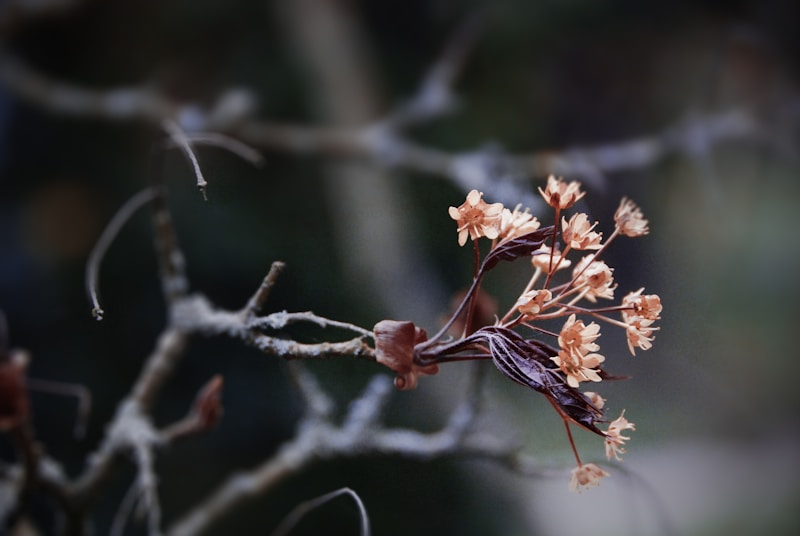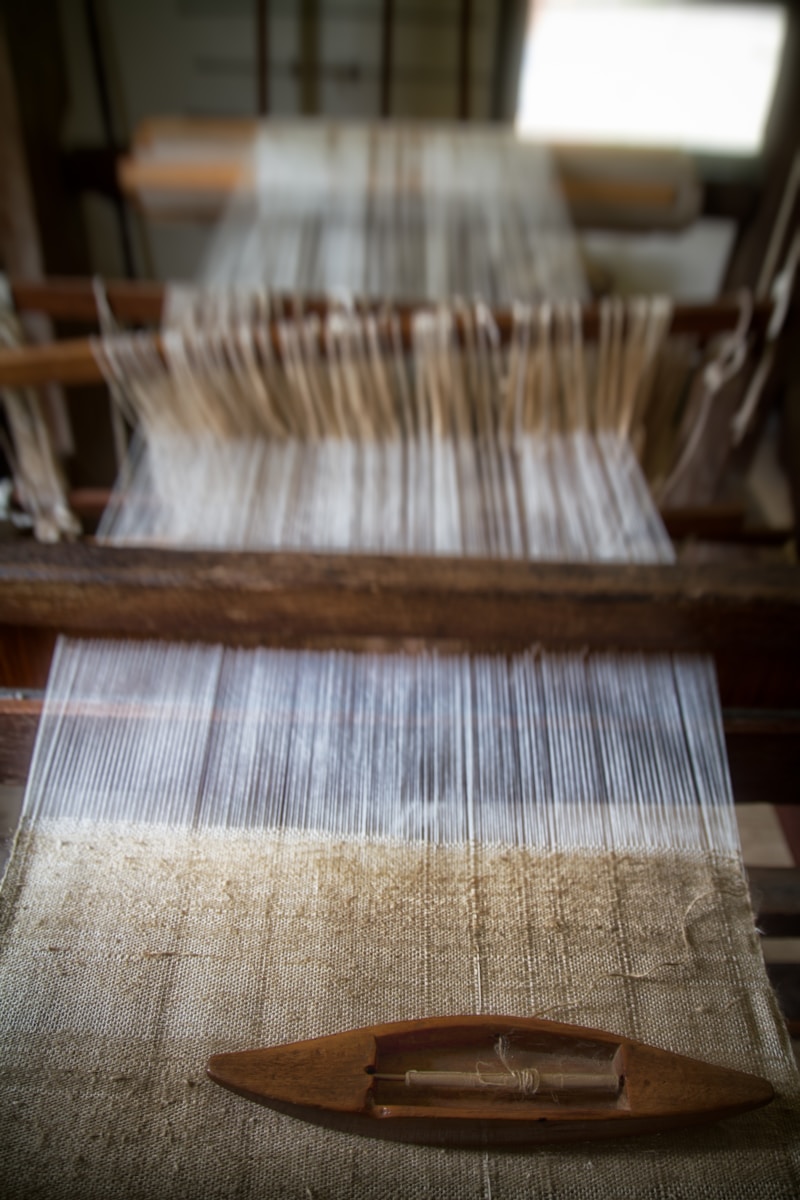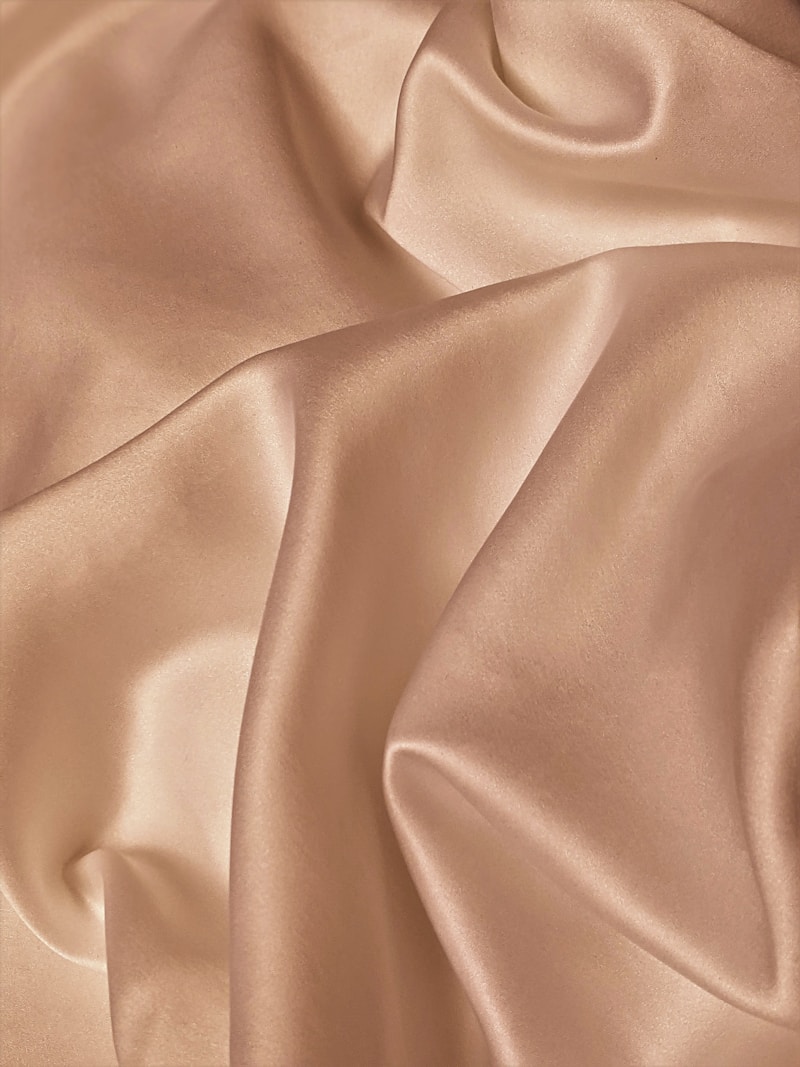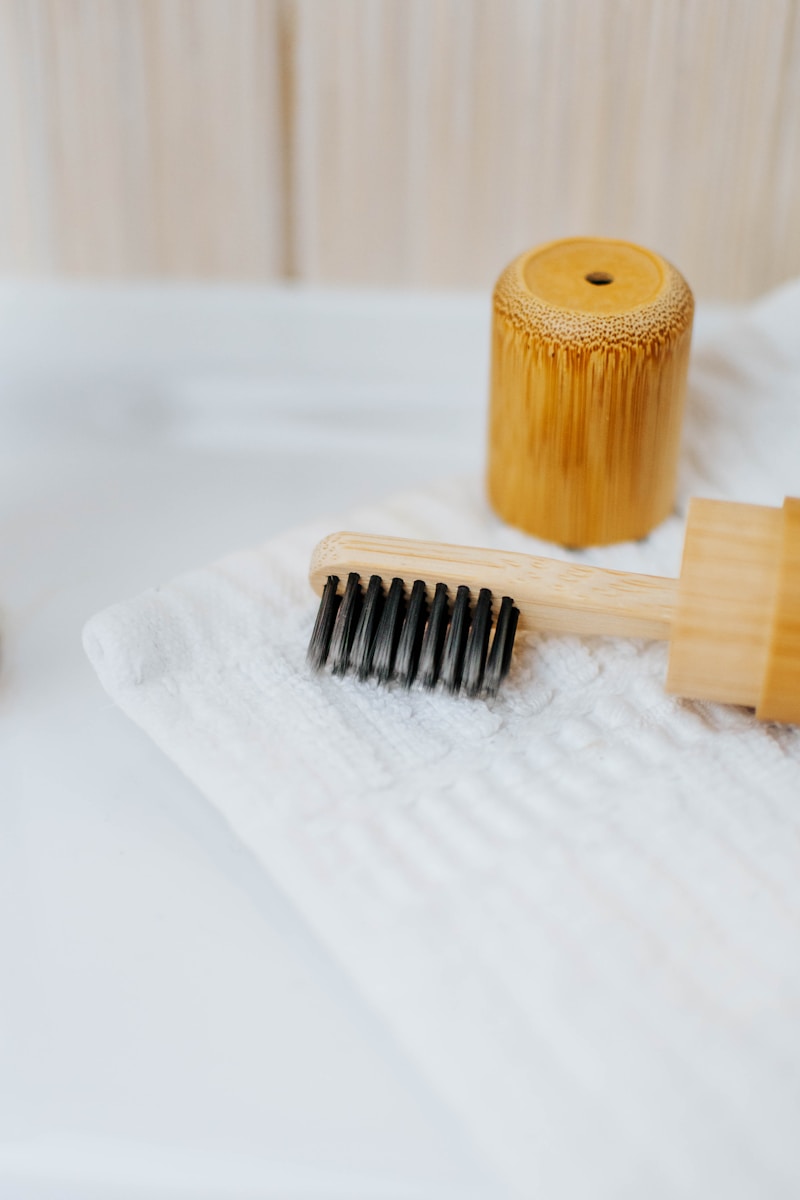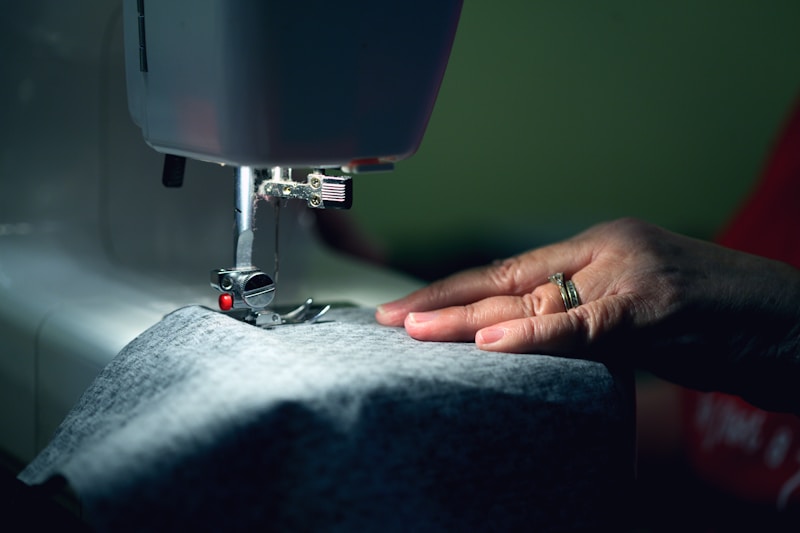Bridal Size Considerations for Maternity Dresses: Finding the Perfect Fit
The journey to motherhood is filled with excitement, anticipation, and a few unique challenges, especially when it comes to finding the perfect maternity wedding dress. As an expectant bride, it’s essential to consider the nuances of bridal sizing in order to ensure that you look and feel your best on your special day. In this article, we will explore bridal size considerations for maternity dresses and provide valuable insights to help you choose the ideal gown for your big day. Understanding Bridal Sizes vs. Regular SizesWhen shopping for a maternity wedding dress, it's crucial to understand that bridal sizes often differ from standard clothing sizes. Bridal sizes typically run one or two sizes smaller than what you would wear in everyday clothing. This discrepancy can become even more complicated when you are pregnant, as your body will naturally undergo changes as your due date approaches.Bridal Sizing ChartSizeBust (inches)Waist (inches)Hip (inches)232.525.535.5433.526.536.5634.527.537.5835.528.538.51036.529.539.5123831411439.532.542.5Choosing the Right Style for Your BodyWhen selecting a maternity wedding dress, consider the following styles:A-Line Silhouette: This style flatters a variety of body types and allows room for a growing belly.Empire Waist: Dresses that cinch just under the bust. This design draws attention upward while allowing plenty of space for your bump.Maxi Dresses: Flowing maxi dresses can be both comfortable and stylish, offering ease of movement.Wra...
How to Adapt Your Bridal Size Over Time
When it comes to planning a wedding, one of the most emotion-laden topics is bridal sizing. It's not just about fitting into a beautiful dress; it's about comfort, confidence, and celebrating a significant life milestone. For brides, understanding how to adapt your bridal size over time is crucial. This article will guide you through the process, offering practical tips and insights that can help you adjust your bridal size, and keep your stress at bay during this joyous occasion.Understanding Bridal Size ChangesBridal sizes can fluctuate for a multitude of reasons, including lifestyle changes, diet, pregnancy, or simply the passage of time. While some brides might find their sizes stable, others may not be as fortunate. Thus, adapting your bridal size requires focus and a proactive approach.Why Bridal Size Can ChangeSeveral factors can impact a bride's size: Weight Changes: Whether through stress, lifestyle changes, or health, weight can shift. Body Composition: Muscle gain or fat loss can alter your measurements without a significant change in weight. Life Events: Major life events such as engagements, promotions, or pregnancy can also lead to size fluctuations.How to Measure Your Bridal Size CorrectlyThe first step in adapting your bridal size is accurate measurements. Use a cloth measuring tape and consider the following areas:MeasurementDescriptionBustMeasure around the fullest part of your bust.WaistMeasure around the narrowest part of your waist.HipsMeasure ar...
Exploring Non-Traditional Bridal Size Options: A Guide for the Modern Bride
IntroductionWeddings are one of the most significant milestones in life, and for brides, finding the perfect dress is often at the top of their to-do list. However, traditional bridal sizing can be limiting and often excludes a wide range of body types. In today’s world, more brides are exploring non-traditional bridal size options to celebrate their unique beauty. This article dives deep into the various non-traditional bridal size choices available, tips for a personalized shopping experience, and the importance of body positivity in the wedding industry. With a growing awareness and acceptance of different body types, it’s essential to understand how to embrace your individuality on your special day.Understanding Non-Traditional Bridal Size OptionsNon-traditional bridal size options cater to brides who fall outside the standard size ranges commonly found in bridal boutiques. It's important to recognize that body shapes and sizes vary significantly, and the bridal industry is gradually evolving to accommodate these differences. Below are some non-traditional bridal size options that brides should consider:OptionDescriptionPlus Size BridalDesigned for sizes 14 and above, these dresses embrace curves while providing options for stylish yet comfortable attire.Custom Fit DressesMany designers now offer customization, allowing brides to tailor their gowns to specific measurements.Petite & Tall SizesSpecific lines are created for petite brides (5’4” and under) and tall brides (5’...
Exploring Luxurious Lace Options for Elegant Occasions
Introduction to Luxurious Lace OptionsLace has long been a symbol of elegance and sophistication in the world of fashion and interior design. Whether you're planning a wedding, looking to enhance your home decor, or simply want to treat yourself to something exquisite, luxurious lace options can elevate your style to new heights. In this article, we will delve into the different types of luxurious lace available, how to choose the right one for your needs, and tips on caring for your lace items.Types of Luxurious Lace OptionsWhen it comes to luxurious lace, the variety can be astounding. Below are some of the most popular types you might consider:Type of LaceCharacteristicsBest UsesChantilly LaceDelicate floral patterns, lightweight, and transparentBridal gowns, evening wearVenise LaceHeavier and embroidered with raised designsAppliques on garments, vintage stylesAlençon LaceRich, intricate patterns with a netted backgroundWedding dresses, formal attireMcNair LaceLuxurious and elegant, often silk-basedHigh-end fashion pieces, luxurious interiorsChoosing the Right Luxurious LaceSelecting the right luxurious lace option can be a daunting task, given the plethora of choices available. Here are some factors to consider:Purpose: Determine whether the lace is for clothing, décor, or accessories.Occasion: The event can dictate the type of lace; for instance, bridal lace differs significantly from casual lace.Color and Texture: Laces come in various colors, so consider how they will ...
Exploring the Best Breathable Fabric Selections for Comfort and Style
Choosing the right fabric for clothing and home decor can greatly influence comfort, style, and even health. When it comes to breathable fabric selections, the options are abundant, making it vital for consumers to understand the benefits of various materials. In this article, we'll delve into the world of breathable fabrics, discussing their characteristics, applications, and how to choose the best options for your needs.What is Breathable Fabric? Breathable fabric refers to materials that allow air to circulate, thereby reducing the moisture buildup and keeping the body comfortable in various climates. This feature is particularly valuable for activewear, sleepwear, and any garments worn in hot or humid conditions. Breathable fabrics can also be beneficial in household items like sheets and curtains, contributing to an overall comfortable living environment.Why Choose Breathable Fabrics? There are several reasons why breathable fabric selections have gained popularity: Temperature Regulation: Breathable fabrics help maintain a comfortable body temperature, making them ideal for summertime wear. Moisture Wicking: Many breathable materials wick away sweat from the skin, making them excellent for athletic activities. Skin Health: Breathable fabrics reduce the chances of skin irritation and rashes caused by moisture buildup. Versatility: Breathable fabrics are available in various textures and styles suitable for different occasions. Types of Breathable Fabr...
Unlocking the Artistry of Intricate Embroidery Techniques
Exploring Intricate Embroidery TechniquesEmbroidery is an ancient art form that adorns textiles with stunning visuals, telling stories and preserving cultural heritage in every stitch. Among the myriad forms of stitching, intricate embroidery techniques have captivated artisans and enthusiasts alike, transforming simple fabrics into extraordinary pieces of art. In this article, we delve into the world of intricate embroidery techniques, exploring their history, types, and the skills required to master this timeless craft.The Rich History of EmbroideryThe origins of embroidery date back thousands of years, with evidence found in ancient Egyptian artifacts and Chinese textiles. Different cultures have contributed to the evolution of embroidery techniques, each bringing their unique styles and methods. Intricate embroidery techniques have often been a reflection of societal changes, celebrating beauty, craftsmanship, and creativity.Types of Intricate Embroidery TechniquesWith a wide array of intricate embroidery techniques, artisans employ different methods to achieve stunning results. Some of the most popular techniques include:TechniqueDescription1. SashikoA Japanese technique characterized by simple running stitches, often used to repair or embellish clothing.2. Crewel EmbroideryAn ancient hand-embroidery method using wool yarn, recognized for its elaborate motifs and design.3. BlackworkA style that utilizes black thread on a light fabric, often creating stunning geometric pa...
Exploring the Diverse World of Satin Sheen Variations
Understanding Satin Sheen VariationsSatin sheen variations refer to the different grades and finishes of satin fabric, known for its luxurious feel and glossy surface. This article aims to provide a comprehensive overview of the various types of satin sheen, their unique characteristics, applications, and tips for choosing the right one for your projects. Whether you are a fashion designer, a home decorator, or simply a lover of textiles, this guide will help you navigate the enchanting world of satin.What is Satin?Satin is a weave that produces a smooth, lustrous surface on one side, while the reverse side is typically duller. This fabric is made from various materials, including silk, polyester, nylon, or blends of these fibers. The sheen of satin can vary significantly, leading to the term "satin sheen variations." The right choice of satin can make a large difference in your sewing projects, impacting everything from drape to durability.Common Types of Satin Sheen VariationsWhen discussing satin sheen variations, one might encounter several types. Below is a table summarizing the most common variations:Type of SatinDescriptionCommon UsesSilk SatinLuxurious, soft, and glamorous with a high luster.Evening gowns, high-end lingerie, and bridal wear.Polyester SatinA more affordable option that mimics silk satin's shine and feel.Costumes, formal wear, and home décor items.Nylon SatinStrong and durable with a decent sheen; offers good resilience.Swimwear, activewear, and occasio...
Unveiling the Beauty of Delicate Tulle Arrangements: A Complete Guide
Introduction to Delicate Tulle ArrangementsThe art of creating delicate tulle arrangements is a splendid way to add elegance and charm to various events such as weddings, parties, and even home decor. Tulle, a lightweight and sheer fabric, offers a unique texture that can transform any simple design into a stunning visual feast. In this article, we will explore the different ways to utilize tulle in arrangements, practical tips for crafting these stunning displays, and how to incorporate them into various settings to captivate your guests.What is Tulle?Tulle is a thin, fine netting fabric that is typically made from nylon, silk, or polyester. It comes in a variety of colors and can be easily manipulated, making it an ideal choice for creating soft, voluminous arrangements. Tulle is often used in bridal veils, wedding dresses, and decorations, allowing for versatility in design. The transparent quality of tulle adds depth and dimension without overwhelming other decorative elements.Why Choose Delicate Tulle Arrangements?Choosing delicate tulle arrangements for your decor has many advantages: Versatility: Tulle can be used for various occasions, from weddings to baby showers and even corporate events. Elegance: The soft and dreamy appearance of tulle creates an aura of sophistication and beauty. Cost-effective: Tulle is generally affordable, making it accessible for anyone looking to enhance their decor without breaking the bank. Easy to Work With: Whether you are a...
Unlocking the Secrets of Long-Lasting Textile Durability
Understanding Long-Lasting Textile DurabilityIn the world of textiles, durability is a key attribute that can significantly impact both the performance and sustainability of products. Long-lasting textile durability refers to the ability of fabrics to withstand wear and tear over time, maintaining their appearance and functionality. In this article, we will explore what contributes to the durability of textiles, various testing methods, and tips for consumers and manufacturers aiming for long-lasting textile solutions.What Affects Textile Durability?Several factors influence the durability of textiles. Understanding these can help manufacturers create more robust fabrics and consumers make informed choices:FactorDescriptionMaterial TypeThe natural or synthetic fibers used play a crucial role in durability.Weave StructureThe way fibers are woven affects strength and longevity.Finishing TreatmentsSpecial treatments can enhance or diminish durability.Environmental ConditionsExposure to sunlight, moisture, and temperature fluctuations can weaken textiles.Care InstructionsProper washing and maintenance extend the life of textiles.1. Material TypeThe choice of fibers is paramount in determining the durability of textiles. Natural fibers like cotton and wool offer breathability and comfort but may lack the robustness of synthetic fibers such as nylon and polyester. For instance, polyester is often favored in outdoor and performance wear due to its strength and resistance to stretchi...
Exploring Classic Silk Alternatives: Luxurious Fabrics for the Modern World
Silk has long been revered for its luxurious feel and elegant appearance. However, as more consumers become aware of sustainability and ethical sourcing, the demand for classic silk alternatives has surged. This article delves into various silk alternatives, their benefits, and what you need to consider when selecting these fabrics. Let’s explore the world of classic silk alternatives and discover how they can add value to your wardrobe while being kinder to the environment.Understanding Silk and Its Impact on the EnvironmentSilk is derived from the cocoons of silkworms, primarily the Bombyx mori species. While silk boasts incredible luster and softness, its production has raised ethical and environmental concerns. The traditional methods of silk farming often involve killing silkworms, raising questions about animal welfare. Additionally, the intensive resource requirements for cultivation, such as water and land, can lead to environmental degradation.Why Consider Classic Silk Alternatives?Classic silk alternatives offer numerous benefits that make them appealing choices for conscientious consumers. Here are several reasons why you might consider these fabrics:Sustainability: Many alternatives are produced using eco-friendly methods and materials, reducing environmental impact.Animal Welfare: Choosing fabric that doesn’t involve silkworm farming promotes animal rights and welfare.Affordability: Classic silk alternatives often come at lower price points, making luxury more ac...
Revolutionizing Fashion: The Rise of Eco-Friendly Fabric Innovations
In a world increasingly aware of environmental issues, the textile and fashion industries are undergoing significant transformations. One of the most notable changes is the emergence of eco-friendly fabric innovations. These materials not only provide stylish options for consumers but also promote sustainability and environmental consciousness. This article explores various types of eco-friendly fabrics, their benefits, and the impact of these innovations on the fashion industry.Understanding Eco-Friendly FabricsEco-friendly fabrics are textiles made from sustainable materials that have a low environmental impact. This category encompasses a wide range of innovative fabrics derived from natural sources, recycled materials, and even lab-grown substances. Here are the primary types of eco-friendly fabrics:Type of FabricDescriptionEnvironmental BenefitOrganic CottonProduced without synthetic pesticides and fertilizers.Reduces soil and water pollution.BambooMade from the fast-growing bamboo plant.Biodegradable and requires less water to cultivate.HempA durable fabric derived from the hemp plant.Involves minimal chemicals and improves soil health.Recycled PolyesterCreated from recycled plastic bottles.Reduces plastic waste and conserves petroleum resources.Tencel (Lyocell)Made from sustainably sourced wood pulp.Closed-loop process minimizes waste and chemicals.The Importance of Eco-Friendly Fabric InnovationsThere are several reasons why the fashion industry is shifting toward eco...
Mastering Designer Fabric Sourcing: A Comprehensive Guide
In the world of fashion and interior design, designer fabric sourcing is an essential skill that can elevate any project. Whether you’re a professional designer, a DIY enthusiast, or someone simply looking to enhance their home décor, understanding how to source quality fabrics can make all the difference. In this article, we will explore the key aspects of designer fabric sourcing, from identifying the right suppliers to understanding fabric types, costs, and trends.Understanding Designer Fabric SourcingDesigner fabric sourcing involves finding unique, high-quality materials that designers use to create garments and furnishings. It can include anything from luxury textiles like silk and velvet to sustainable materials that appeal to eco-conscious consumers. With the growth of online marketplaces and global suppliers, sourcing has become easier yet more competitive. This article explores various strategies to successfully source designer fabrics.The Importance of Quality FabricsWhen it comes to fashion and design, the quality of the fabric can significantly impact the final product. High-quality materials not only enhance the aesthetic appeal but also affect the garment's longevity and comfort. Here are some reasons why sourcing quality fabrics is crucial: Durability: Quality fabrics withstand wear and tear, ensuring that designs remain intact over time. Aesthetic Appeal: Good fabrics enhance colors, patterns, and textures, making designs more visually appealing. Comfort: ...
